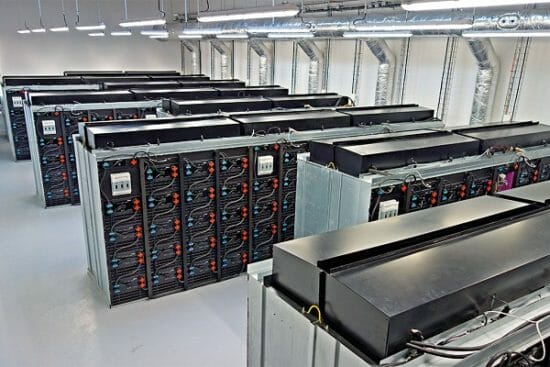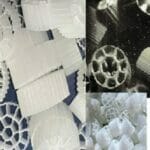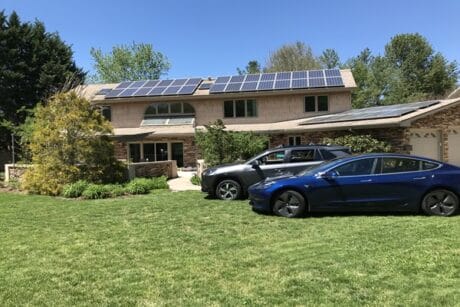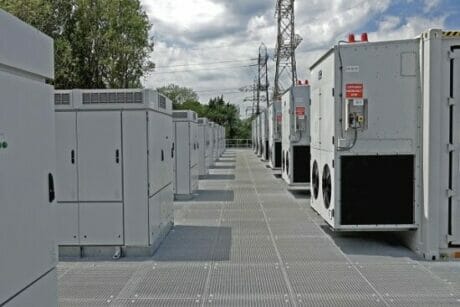No products in the cart.
- Course No E – 1737
- PDH Units: 2
Course No E - 1737
PDH Units: 2
- Course No E – 1737
- PDH Units: 2
Course No E - 1737
PDH Units: 2
Intended Audience: Electrical, Environmental & Energy Engineers
PDH UNITS: 2
This presentation is based on Volume 2, Chapter 12, of the National Renewable Energy Laboratories Renewable Electricity Futures Study of 2012, edited by M.M. Hand, G. Porro, T. Mai, M. Meshek and D. Sandor of NREL, J. M. Reilly of the Massachusetts Institute of Technology, S. Baldwin of the USDOE, E. DeMeo, Renewable Energy Consulting Services, Inc. and D. Argent of the Joint Institute for Strategic Energy Analysis. It covers past, present and possible future methods of energy storage that will be necessary to meet the goal of 80% of U.S. 2050 electrical energy production by renewables. In the years since 2012, excellent progress has occurred in the implementation of the study conclusions, as shown by recent updates to the 2012 material. References:
- National Renewable Energy Laboratories, Renewable Energy Futures Study, Volume 2, Chapter 12, 2012.
- Messenger & Abtahi, Photovoltaic Systems Engineering, 4th Edition, CRC Press, Boca Raton, FL 2017.
- news.com.au/technology/environment/thats-a-record-south-australias-tesla-battery-responds-to-coalfired-plant-failure/
- Stanfield, Petta & Auck, Charging Ahead: An Energy Storage Guide for State Policymakers, Interstate Renewable Energy Council, April 2017. (IREC)
- www.energystorage.org/energy-storage/pumped-hydroelectric
- Lazard’s Levelized Cost of Storage Analysis 2.0
Learning Objectives:
Upon completion of the course, the student should understand the terminology and the benefits, advantages and disadvantages, including environmental impacts associated with a wide range of energy storage methods. Specific topics discussed are- The reasons for interest in and the need for energy storage.
- Small scale battery storage for PV systems.
- Energy storage vs capacity storage.
- Recent large battery storage projects.
- Efficiency and economics of large storage systems.
- Existing pumped hydro, compressed air and battery storage systems
- Emerging storage technologies: Flywheels, capacitors, superconducting magnets, hydrogen, weight lifting.
- Where the energy storage action is.
- Possible future scenarios for meeting the 2050 80% renewables goal.
Once completed, your order and certificate of completion will be available in your profile when you’re logged in to the site.








